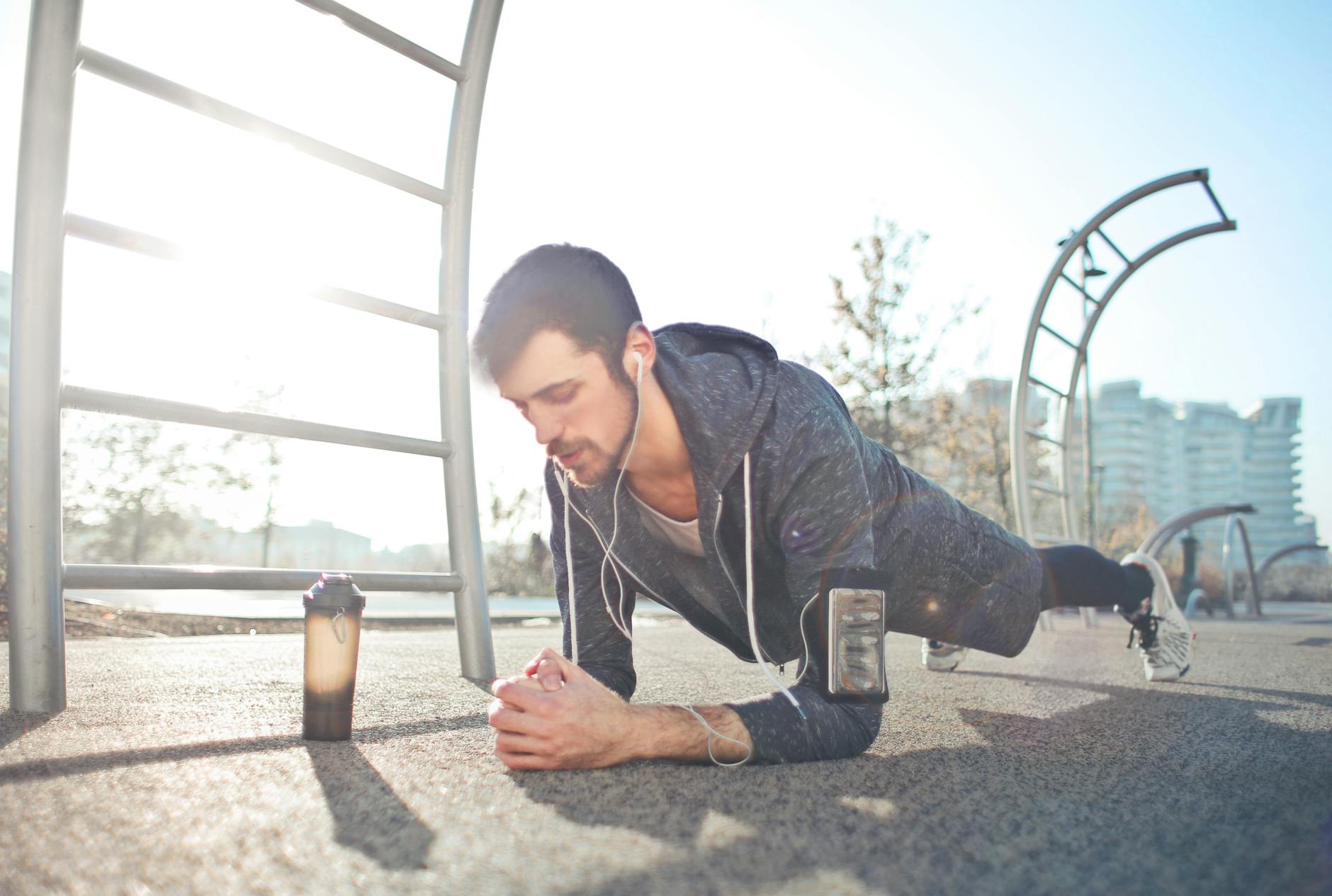The 9 Incredible Benefits of the Plank: A Fitness Game-Changer

Purpose of the Article
The purpose of this article is to enlighten readers about the transformative power of the plank exercise. As a simple yet highly effective fitness movement, the plank offers an array of physical and mental health benefits that cater to everyone, from beginners to seasoned athletes. By the end of this article, you will have a clear understanding of why incorporating planks into your daily routine can revolutionise your health and wellness journey.
1. Strengthens Core Muscles
The plank is unmatched in its ability to engage and fortify your core. Unlike other exercises, it activates all layers of abdominal muscles, including the rectus abdominis, transverse abdominis, and obliques. This enhanced core strength not only improves athletic performance but also provides stability for everyday activities like bending, twisting, or lifting heavy objects.
2. Improves Posture
Planking regularly promotes proper alignment of your spine, shoulders, and hips. By strengthening your core and back muscles, it naturally corrects slouched postures caused by prolonged sitting or poor ergonomics. Over time, you’ll stand taller, exude confidence, and reduce the risk of developing postural-related ailments.
3. Boosts Metabolism
The plank is a high-intensity isometric exercise that accelerates your metabolism. Unlike traditional crunches, planks engage multiple muscle groups simultaneously, increasing caloric burn even after your workout ends. Regular planking contributes to a more efficient calorie burn, supporting weight management goals.
4. Reduces Back Pain
A strong core alleviates unnecessary strain on the spine. Planking strengthens the muscles surrounding your vertebrae, offering better support and reducing the risk of back injuries. It’s a low-impact exercise that enhances spinal health without aggravating existing back issues.
5. Enhances Balance and Stability
Holding a plank position improves your overall balance by engaging stabilising muscles in the core and lower body. This benefit translates into better performance in sports, yoga, and everyday activities that require coordination and equilibrium.
6. Improves Flexibility
Dynamic plank variations like side planks and forearm planks stretch and lengthen various muscle groups, including the shoulders, hamstrings, and toes. Increased flexibility reduces stiffness, enhances mobility, and minimises the risk of injuries.
7. Promotes Mental Resilience
Planks challenge your physical endurance and mental fortitude. Holding the position demands focus, discipline, and grit, helping to train your mind to stay calm under pressure. This mental toughness can be applied to other areas of life, enhancing your ability to face challenges head-on.
8. Supports Cardiovascular Health
Though it’s not a traditional cardio workout, planking boosts heart health by engaging multiple muscle groups, which increases blood circulation. This ensures oxygen and nutrients are efficiently delivered throughout the body, improving cardiovascular endurance over time.
9. Saves Time and Requires No Equipment
The beauty of the plank lies in its simplicity. It’s a time-efficient exercise that can be performed anywhere, requiring no special equipment. In just a few minutes a day, you can achieve profound fitness results, making it ideal for individuals with a busy lifestyle.
Final Thought
The plank is a testament to the principle that simplicity often holds the greatest power. Its myriad benefits extend far beyond physical fitness, touching aspects of mental health, balance, and daily functionality. Whether you’re a fitness enthusiast or just beginning your journey, integrating planks into your routine can unlock a healthier, more resilient version of yourself.
Frequently Asked Questions (FAQ)
The 9 Incredible Benefits of the Plank
1. How long should I hold a plank?
Start with 20–30 seconds and gradually increase your time as your strength improves. Aim for a maximum duration that challenges you without compromising form.
2. Are planks suitable for beginners?
Yes, planks are beginner-friendly and can be modified to suit any fitness level. You can start with knee-supported planks and progress to full planks as you build strength.
3. Can planks help me lose belly fat?
While planks strengthen and tone your core, combining them with a balanced diet and cardio exercises is essential for reducing overall body fat, including belly fat.
4. How often should I do planks?
Incorporate planks into your routine 3-5 times a week for optimal results. Consistency is key.
5. Are planks safe for individuals with back pain?
Planks can be beneficial for back pain as they strengthen the core and support the spine. However, consult a healthcare professional before starting if you have existing back issues.
6. What are some plank variations?
Popular variations include side plans, forearm plans, reverse plans, and plank jacks. Each targets different muscle groups for a comprehensive workout.
7. Can planks replace other core exercises?
Planks are excellent but should complement other exercises like crunches, leg raises, and mountain climbers for a well-rounded core workout.
8. How can I ensure proper plank form?
Keep your body in a straight line from head to heels, engage your core, and avoid sagging hips or elevated buttocks.
9. What muscles do planks work?
Planks target the core, shoulders, chest, back, glutes, and legs, making it a full-body exercise.
Disclaimer
This article is for informational purposes only and should not substitute professional advice. Consult a fitness expert or healthcare professional before starting any new exercise routine to ensure it aligns with your individual needs and health conditions.
Discover more from hsnrev.com
Subscribe to get the latest posts sent to your email.




